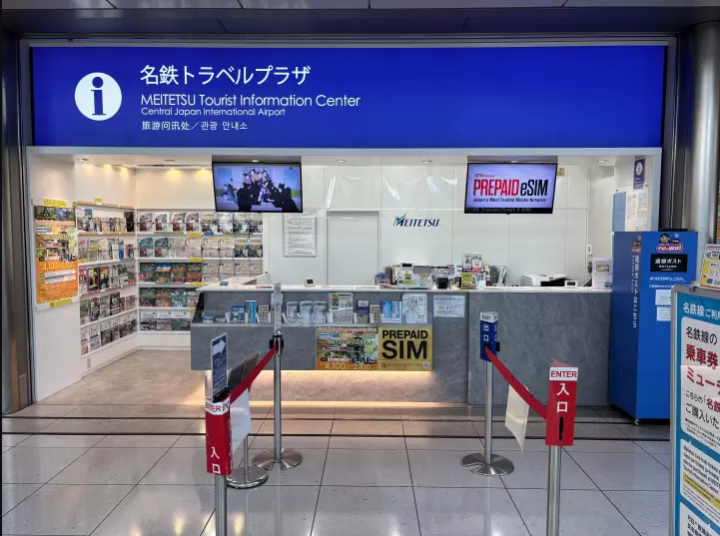Annual Events And National Holidays In Japan

There are various annual events in Japan that we have been well-acquainted with since childhood that may be novel to the world. We will introduce annual events that even Japanese people like to keep in mind when traveling overseas.
Otsukimi (Moon Viewing Events): Middle of September
This is an event where susuki grass and dumplings are made as offerings to the moon, and some people have harvest moon viewing parties to celebrate the equinox.
Fall Foliage: Around November

Photo by Pixta
In spring, there are cherry blossoms, and in fall there is the brightly colored autumn foliage. Located about an hour from Tokyo, Kamakura in particular is famous for its fall foliage. You can even enjoy the foliage at Meiji Shrine in the city though.
Shichi-Go-San: November
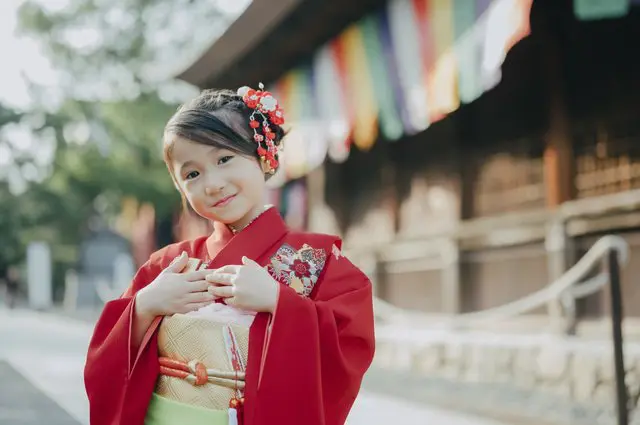
Photo by Pixta
To celebrate the growth and health of children, girls aged three and seven years old and boys aged five years old visit a shrine in their best clothes on this day.
The chitose ame (red and white candy stick) given to these children during Shichi-Go-San is both long and narrow, symbolizing a wish for the child's longevity. The pouches that chitose ame come in will be decorated with images of cranes and tortoises or pines, bamboo, and plums, which are considered to be auspicious symbols.
Christmas: December 24th - 25th
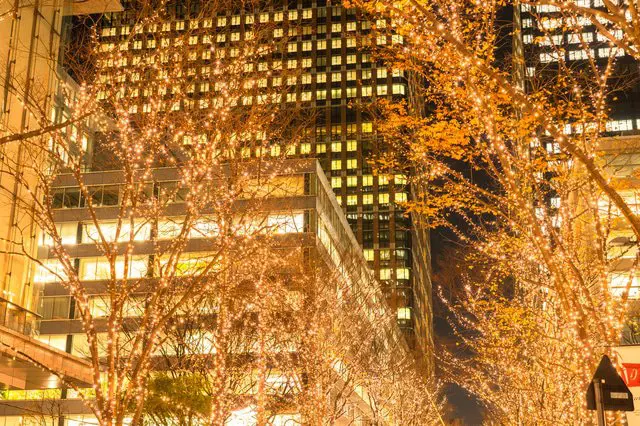
Photo by Pixta
Although Japan is not a Christian country, Christmas, like in other countries, is a big event here. To Japanese sensibilities, Christmas has a strong image of being a day for a date with your significant other or to party with friends rather than having a house party with everyone in the family, however.
New Year’s Eve and New Year’s: December 31st – January 3rd
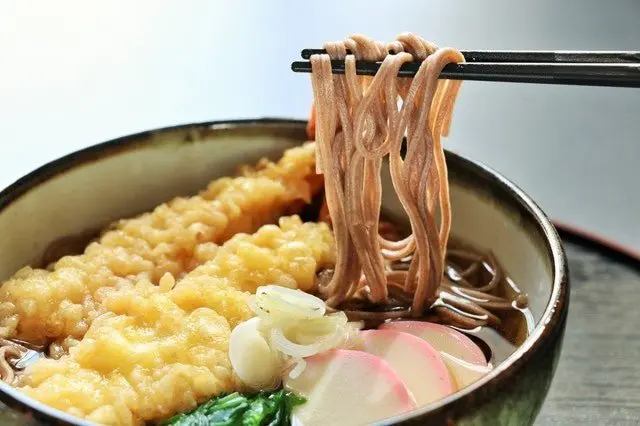
Photo by Pixta
New Year’s Eve is, of course, December 31st, and while each country has its own way of ringing in new year, in Japan, the main way to end the year is by watching the NHK Kohaku Uta Gassen (Red and White Singing Contest on the NHK TV channel) and by eating toshikoshi soba.
Toshikoshi soba is a dish that expresses the wish to “live long and frugally.” The first to the third of January, a period of three days, is a public holiday, although many larger shops and commercial centers are open. Ozoni (*5) and osechi (*6) are staple dishes eaten during New Year’s.
Japanese people also make their first shrine visit of the year to pray to the gods and give gratitude for the past year as well as to wish for a peaceful new year at this time, so many shrines and temples see a much larger volume of visitors during this time of year than the rest, and can be quite crowded.
*5 Ozoni: a soup with mochi inside. Ozoni will vary in flavor and ingredients based on the household and region. It is a dish that expresses the characteristics and traditions of that region.
*6 Osechi: auspicious and long lasting foods such as herring roe, mashed sweet potatoes and chestnuts, kelp rolls, simmered vegetables, and pickled raw fish and vegetables are packed in a multi-tiered box and is eaten with the entire family during the New Year’s period. Each side dish has their own respective meanings.
Coming of Age Day: the Second Monday in January
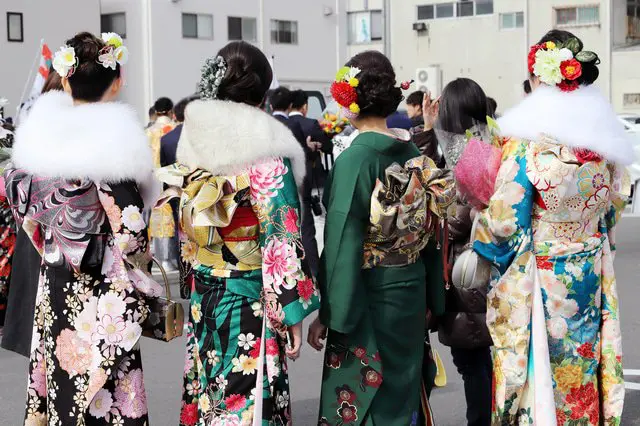
Photo by Pixta
Even after the New Year’s has ended, the events in January aren't over just yet. On Coming of Age day, young women wear furisode (*7) while young men wear hakama (*8) or suits to participate in special ceremonies held in their hometowns. In every region, those who have become 20 years of age will gather together on this day to celebrate becoming a legal adult. It is also typical for the ceremony to serve as a class reunion where those who have come of age will celebrate together.
Coming of Age Day in Japan was originally on January 15th, however, it is now celebrated on the second Monday of January instead to create a three day weekend, typically falling the week after New Year's vacation ends.
*7 Furisode: a kimono with long sleeves worn only by unmarried women; married or older women may only wear short sleeved kimono.
*8 Hakama: overskirt-like pants worn over a formal kimono on the lower half of the body.
Setsubun: February 3rd
An event that takes place the day before the first day of spring according to the Japanese traditional calendar. Roasted soy beans or even shelled peanuts are scattered while yelling “out with the demon, in with fortune” to cleanse any bad fortune or evil in your home. After they are scattered, it is customary to pick up and eat the number of beans equivalent to your age at that time. On Setsubun it is also customary to eat ehomaki, a special type of thick sushi roll that is meant to bring further good luck if eaten while facing the auspicious direction of the year (varies from year to year). This roll of sushi, however, must be eaten in silence, or else your good luck will run away from you.
Valentine’s Day: February 14th
Though the custom of Valentine’s Day has spread throughout the world, in Japan, it is a holiday mainly where women give chocolates to men. It is customary to not only give chocolates to your significant other, but also to your coworkers and friends.
Hina Matsuri (Girl’s Day): March 3rd
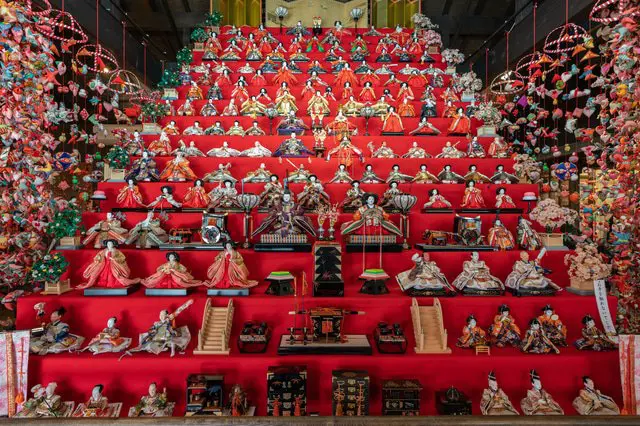
Photo by Pixta
Similar to Boy's Day, Hina Matsuri is a day on which families pray for the fortune and health of their daughters. It is also called Momo no Sekku (Peach Festival). Special traditional dolls, called hina dolls, are used to decorate the house on this day while chirashizushi (scattered sushi, a bowl of sushi rice topped with raw fish and other ingredients) and hamaguri suimono (a clear broth soup with clams) are eaten in celebration.
Graduation Ceremony: March
March is graduation season. The schedules for the graduation ceremonies in elementary, junior high, high school, and college will differ, but it is typical for ceremonies to take place in the middle of March, followed by 2-3 weeks of vacation time for students. The characteristics of each graduation ceremony will vary depending on the region. For example, those elementary school students graduating at this time might participate in the ceremony wearing the uniform of the junior high school they will be moving on to. There are also graduation songs that are reminiscent of each generation that students will perform at this time.
White Day: March 14th
White Day, which has now spread throughout Asia, is a custom that originated in Japan and one that has become well known outside of Asia as well. Men that received chocolates on February 14th, Valentine’s Day, will return the gesture and give gifts of candies, sweets, or other presents to the women that gave them chocolates.
Take Advantage of Japan's National Holidays!
There are many different things to celebrate throughout the year in Japan; there is practically a holiday, festival or event taking place each month, which can make it hard to remember just what is coming up next in a given span of time. However, if you're planning a trip to Japan, you'll want to use this article as your guide to knowing what to expect from month to month in Japan!
This is the official account of MATCHA's editorial department. Our articles feature useful travel information for visitors to Japan, from how-to guides to recommended places to visit.


























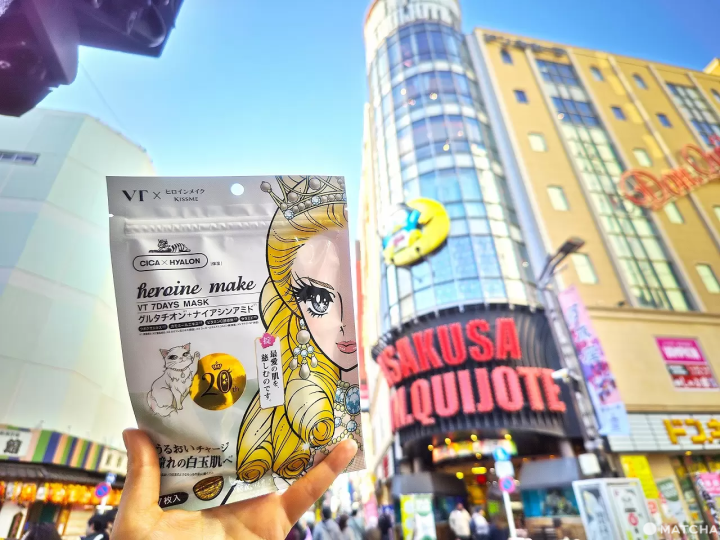
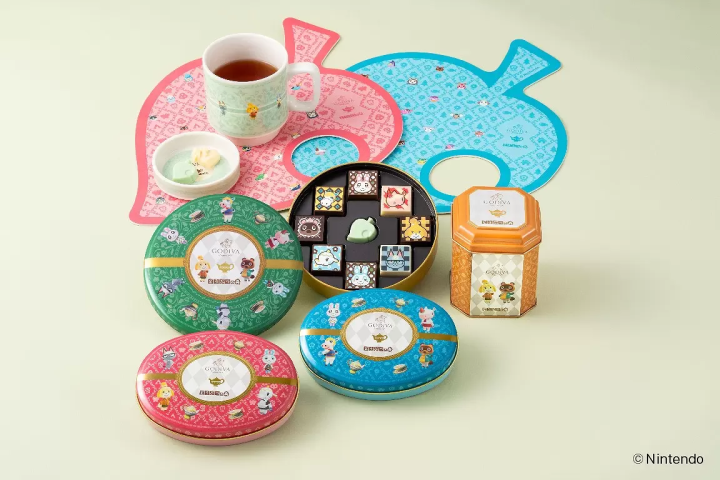
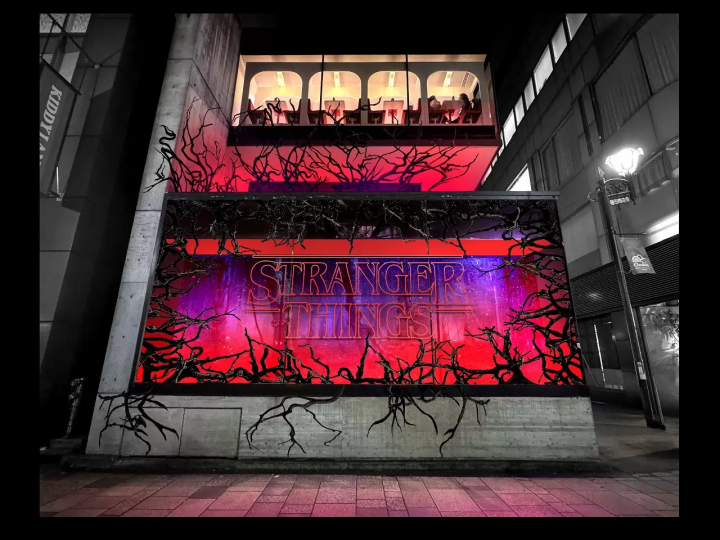
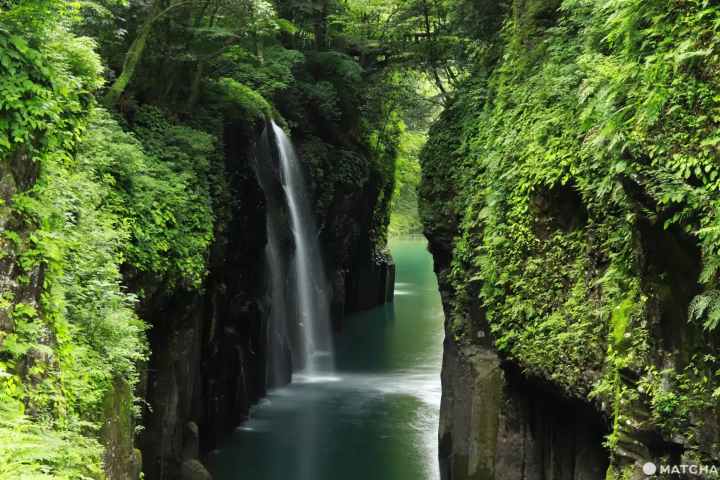




![[Wakayama Sign] Plums and plum wine](https://resources.matcha-jp.com/resize/720x2000/2025/12/08-252248.webp)
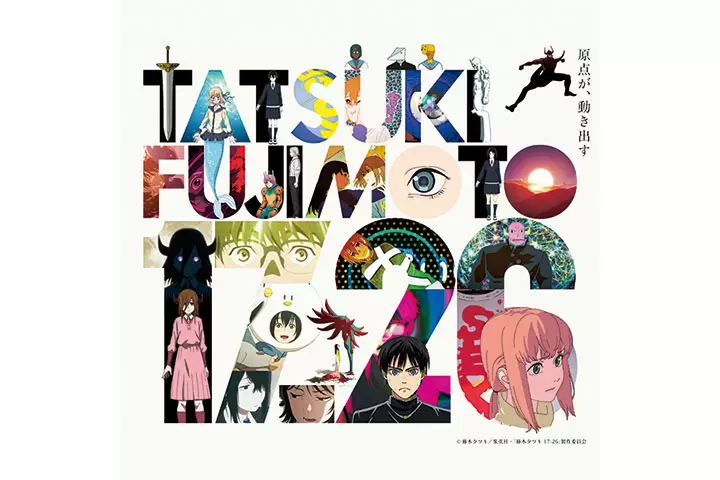
![[2025 Update] Introducing free Wi-Fi spots in Tokoname City , Aichi Prefecture](https://resources.matcha-jp.com/resize/720x2000/2025/12/16-253074.webp)
